Categories > Guides and Tips

Where should you travel, Japan or Thailand?
- History and Culture in Thailand vs. Japan
- Landscape of Thailand vs. Japan
- Weather in Thailand vs. Japan
- Best Time to Visit Thailand vs. Japan
- Travel Costs and Currencies in Thailand vs. Japan
- Tourist-Friendliness of Thailand vs. Japan
- Tourist Attractions in Thailand vs. Japan
- Cuisine in Thailand vs. Japan
- Thailand vs. Japan for Tourists: How They Stack Up
Welcome to the thrilling dilemma of choosing your next travel destination! Japan and Thailand are two captivating countries, each offering a unique blend of culture, history, and natural beauty.
Japan offers a mix of ancient traditions and modernity, while Thailand boasts stunning beaches and vibrant culture. Choose Japan for history and technology, or Thailand for tropical beauty and lively experiences.
In this enchanting quest, we will delve into the distinctive wonders of Japan and Thailand, unveiling their iconic landmarks, hidden gems, and cultural delights.
So, fasten your seatbelts as we take you on a virtual tour through these enchanting lands, helping you make an informed decision about your next dream destination!
History and Culture in Thailand vs. Japan
Thailand has a rich cultural heritage with an array of ancient temples, colourful festivals, and warm hospitality.
On the other hand, Japan’s culture is a blend of tradition and modernity, tea ceremonies, samurai heritage, and serene Zen gardens.

The cultural heritage of Thailand is a captivating blend of ancient traditions and modern influences. Its history is filled with fascinating stories of mighty kingdoms and ancient civilizations that have left their mark on the country.
From the impressive temples of Ayutthaya to the historic ruins of Sukhothai, travellers can immerse themselves in the awe-inspiring remnants of Thailand’s glorious past.
The Thai people take immense pride in their customs and are known for their warm hospitality, ensuring visitors feel welcomed and cherished.
Throughout the year, vibrant festivals like Songkran (Thai New Year) and Loy Krathong (Festival of Lights) infuse the atmosphere with joy and colour, offering a glimpse into the heart of Thai culture.
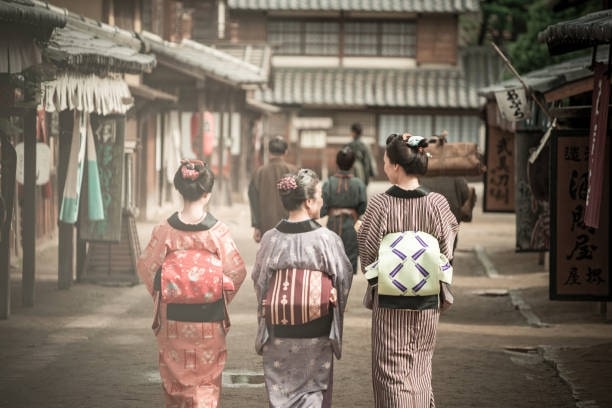
On the other hand, Japan’s history is a fascinating tapestry of tradition and innovation. Ancient customs, like the tea ceremony, calligraphy, and traditional theatre, have been preserved and cherished for centuries.
Visitors can explore impressive temples, such as the iconic Kinkaku-ji (Golden Pavilion) in Kyoto, and majestic castles like Himeji Castle, which stands as a testament to Japan’s feudal past.
Samurai heritage and the code of Bushido, emphasising loyalty, courage, and honour, continue to inspire and fascinate travellers.
Meanwhile, Japan is renowned for its technological advancements, creating a seamless harmony between age-old customs and modern innovation.
The juxtaposition of history and modernity in Japan offers a unique cultural experience that captivates visitors from all corners of the world.
Landscape of Thailand vs. Japan
Thailand is a tropical paradise with stunning beaches, lush jungles, and exotic islands. Meanwhile, Japan has diverse landscapes, majestic mountains, serene lakes, cherry blossom-filled parks.
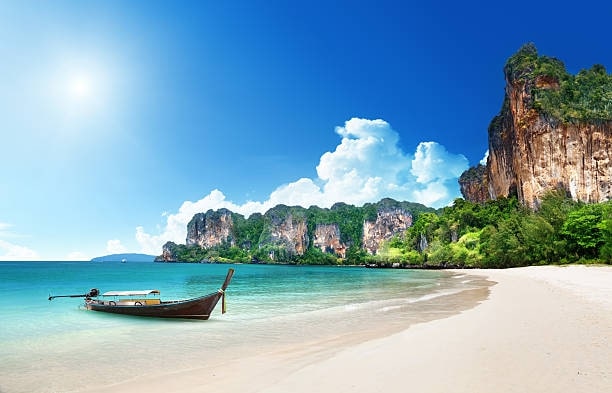
Thailand’s landscape is a true tropical paradise, boasting an array of breathtaking scenery. The country’s stunning coastline stretches along the Gulf of Thailand and the Andaman Sea, offering idyllic beaches and crystal-clear waters.
Islands like Phuket, Koh Samui, and Koh Phi Phi are renowned for their beauty and draw travellers seeking relaxation and adventure.
Inland, lush jungles and national parks, such as Khao Sok National Park, teeming with diverse flora and fauna, providing ample opportunities for hiking and wildlife spotting.
Thailand’s landscape is a feast for the senses, with vibrant colours, exotic wildlife, and a laid-back atmosphere that makes it a haven for nature lovers and beach enthusiasts alike.
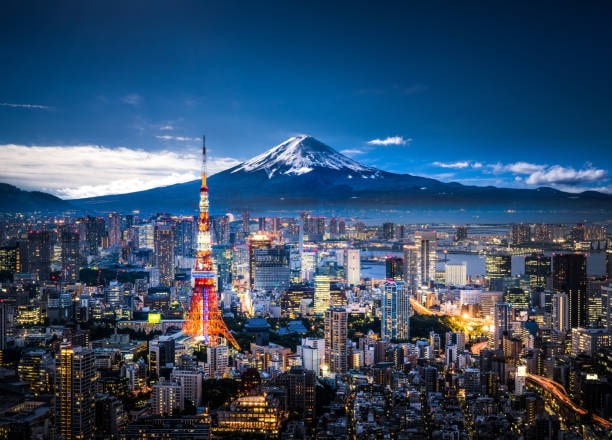
Conversely, Japan’s landscape is a captivating blend of natural wonders that vary with the changing seasons. In spring, cherry blossoms paint the country in delicate hues, creating an enchanting spectacle that attracts visitors from around the world.
The Japanese Alps and numerous mountain ranges offer scenic beauty and opportunities for skiing and hiking, making it an outdoor enthusiast’s paradise.
Lakes like Lake Biwa and Lake Towada add a serene touch to the landscape, while hot springs (onsen) provide relaxation and healing.
Japan’s countryside is adorned with picturesque rice terraces and traditional villages, offering a glimpse into the country’s rural charm.
The harmony between nature and the Japanese way of life is evident throughout the landscape, making it a captivating destination for those seeking a mix of tranquillity and adventure.
Weather in Thailand vs. Japan
Thailand’s climate is tropical with hot, wet, and cool seasons. On the flip side, Japan has four distinct seasons: summer, winter, spring, and autumn.
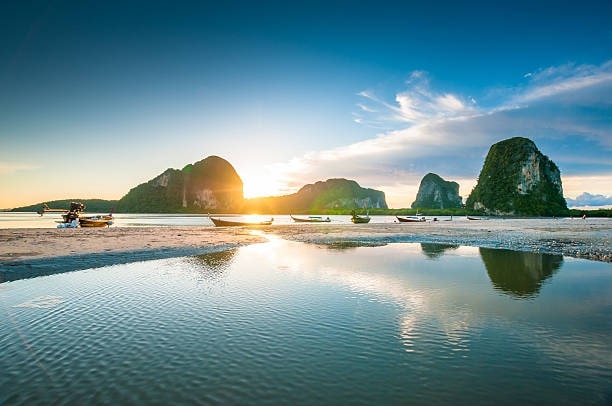
The weather in Thailand is characterised by a tropical climate, with high temperatures and humidity throughout the year.
The country experiences three distinct seasons – the hot season (March to June), the wet season (July to October), and the cool season (November to February).
The hot season can be scorching, with temperatures often exceeding 30°C (86°F). The wet season brings heavy rainfall and occasional monsoons, particularly in coastal regions and the south.
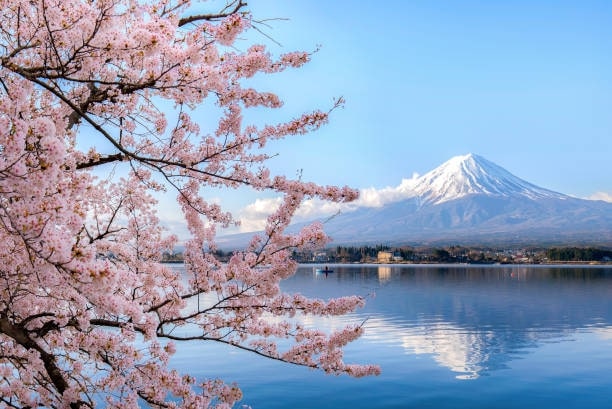
On the other hand, Japan’s weather varies greatly depending on the region and season.
Japan experiences four distinct seasons – spring (March to May), summer (June to August), autumn (September to November), and winter (December to February).
Spring brings the iconic cherry blossoms, a mesmerising sight that attracts visitors from far and wide. Summer can be hot and humid, with occasional typhoons affecting coastal areas.
Autumn offers stunning foliage, creating picturesque landscapes. Winter brings cold temperatures and snow to northern regions, making it a great time for skiing and winter sports enthusiasts.
Best Time to Visit Thailand vs. Japan

Best time to visit Thailand is during the dry and cool season (Nov-April) to avoid heat and rain.
Japan, on the other hand, is best visited during the spring for cherry blossoms and autumn for foliage.
The best time to visit Thailand is during the cool and dry season, which spans from November to April.
During these months, the weather is milder and more comfortable, making it ideal for exploring the country’s attractions without dealing with excessive heat and rainfall.
Meanwhile, the best time to visit Japan depends on your interests and the region you plan to explore. Spring (March to May) is a magical time to witness the cherry blossoms in full bloom, creating an enchanting atmosphere across the country.
Autumn (September to November) is equally alluring, with vibrant foliage painting the landscapes in warm hues. Both seasons offer pleasant weather for sightseeing and outdoor activities.
If you wish to experience winter sports or enjoy snowscapes, December to February is perfect for visiting northern regions like Hokkaido.
For those seeking milder weather and fewer crowds, visiting during the shoulder seasons of spring and autumn can be a wonderful option.
Travel Costs and Currencies in Thailand vs. Japan
Thailand is more affordable and Japan is relatively expensive. However, regional passes and budget options are available.
A week in Japan might cost you roughly $900, while a week in Thailand might set you back about $800 (per person).
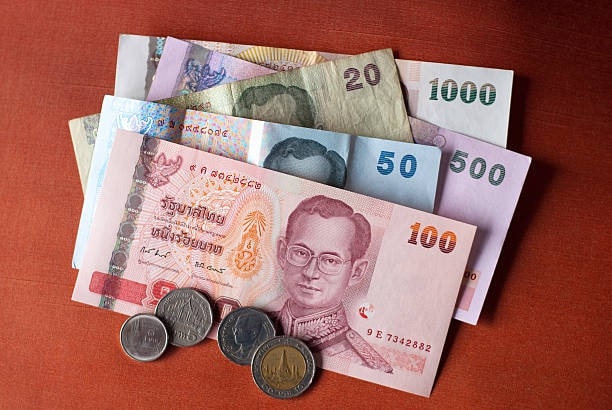
Thailand is known for being a relatively affordable travel destination, making it attractive to budget-conscious travellers. Accommodations, food, and transportation options are generally more budget-friendly compared to many other countries.
The official currency of Thailand is the Thai Baht (THB). While major tourist areas accept credit cards, it’s advisable to carry some cash, especially when visiting local markets and street vendors.
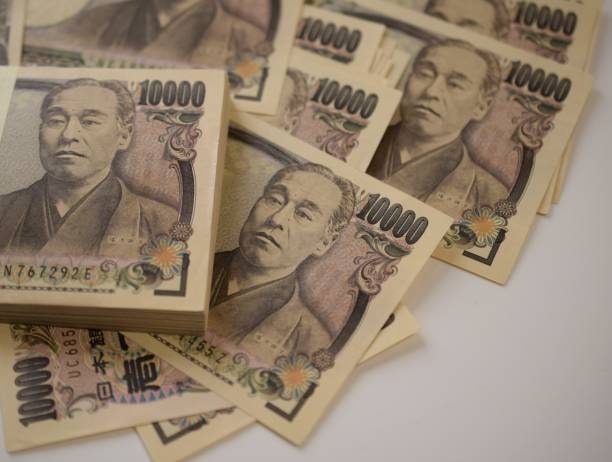
On the other hand, Japan is perceived as a more expensive travel destination, especially in major cities like Tokyo and Kyoto. Accommodations, dining, and transportation costs can be higher than in many other Asian countries.
However, there are ways to manage expenses, such as using budget accommodations, exploring affordable eateries, and utilising regional travel passes.
The official currency of Japan is the Japanese Yen (JPY), and credit cards are widely accepted in urban areas, but having some cash on hand is essential for certain transactions, especially in rural areas.
Tourist-Friendliness of Thailand vs. Japan
Both countries are tourist-friendly. Thailand offers warm hospitality and English spoken in major areas.
Similarly, Japan has polite and helpful locals with English signs in popular areas, and efficient public transportation.

Thailand is renowned for its warm and welcoming atmosphere, earning it a reputation as a highly tourist-friendly country.
The Thai people are known for their hospitality and friendliness towards visitors, making travellers feel comfortable and appreciated.
English is widely spoken in major tourist areas, which helps in communication.
The country’s well-established tourism infrastructure, along with numerous travel agencies and tour operators, simplifies the process of exploring Thailand’s attractions and organising trips.

Japan is also known for its exceptional level of tourist-friendliness. The Japanese people are incredibly polite and helpful, eager to assist travellers, even if there is a language barrier.
Many signs and information are available in English, particularly in popular tourist destinations. Japan’s efficient public transportation system, including the iconic Shinkansen (bullet trains), makes travelling between cities a breeze.
Additionally, the country’s commitment to cleanliness, safety, and organisation enhances the overall travel experience, providing tourists with a comfortable and memorable stay.
Tourist Attractions in Thailand vs. Japan
Thailand offers vibrant markets, ancient temples, stunning beaches, lush jungles, and floating markets. Meanwhile, Japan boasts iconic cities, historic temples, and the popular Mount Fuji.
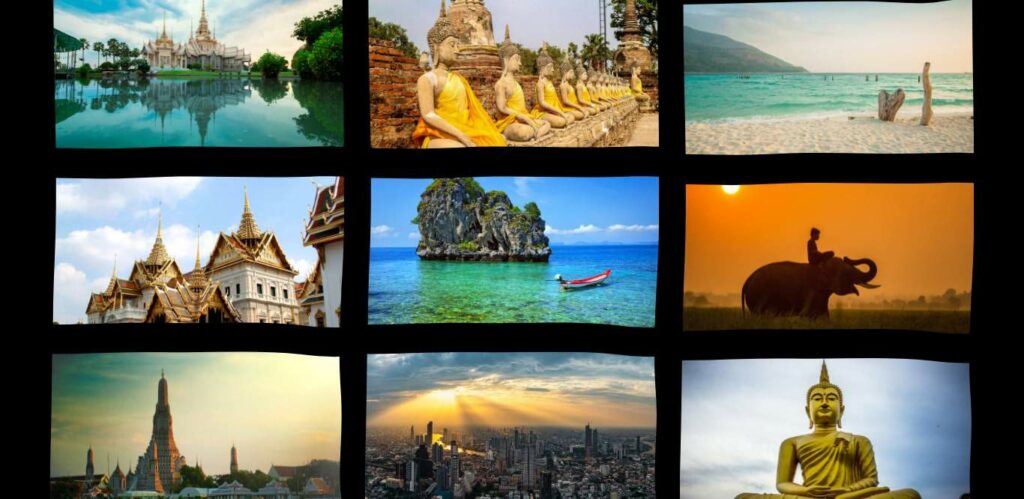
Tourist attractions in Thailand offer a diverse array of captivating tourist attractions. From the bustling city of Bangkok to the ancient city of Ayutthaya, history and culture enthusiasts will be enthralled.
The stunning beaches and islands of Phuket, Koh Samui, and Phi Phi beckon beach lovers seeking relaxation and water sports.
Nature enthusiasts can explore the lush jungles of Chiang Mai and Khao Sok National Park, while adventure seekers can embark on thrilling activities like diving in the Similan Islands or trekking in the northern mountains.
Thailand’s floating markets, ornate temples, and traditional festivals add to the allure, providing an unforgettable experience for every traveller.
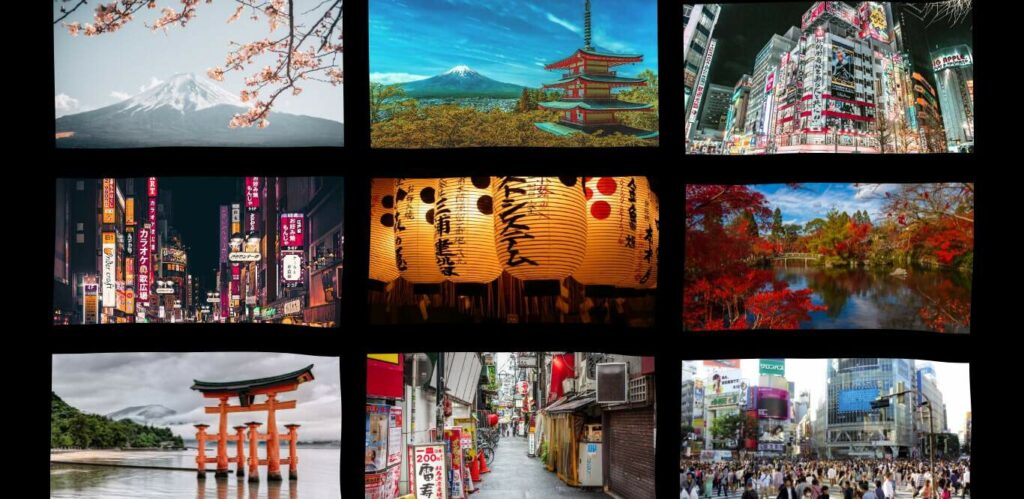
Japan boasts an exquisite blend of modern marvels and ancient traditions, captivating travellers with its myriad of attractions.
The vibrant city of Tokyo showcases futuristic technology and trendy neighbourhoods, while Kyoto preserves the country’s rich cultural heritage with its historic temples, traditional tea houses, and picturesque gardens.
Mount Fuji, an iconic symbol of Japan, entices adventurers and nature enthusiasts to witness its majestic beauty. In Hiroshima, visitors can pay tribute to history and peace at the Peace Memorial Park and Museum.
Japan’s onsen (hot springs), such as those in Beppu and Hakone, offer relaxation and healing experiences. Cherry blossoms during spring and fiery autumn foliage create unforgettable landscapes.
Cuisine in Thailand vs. Japan
Thailand offers vibrant and aromatic dishes, street food culture, diverse tropical fruits and seafood. Conversely, Japan offers fresh and seasonal ingredients, sushi, sashimi, ramen, tea ceremonies, and elegant presentations.
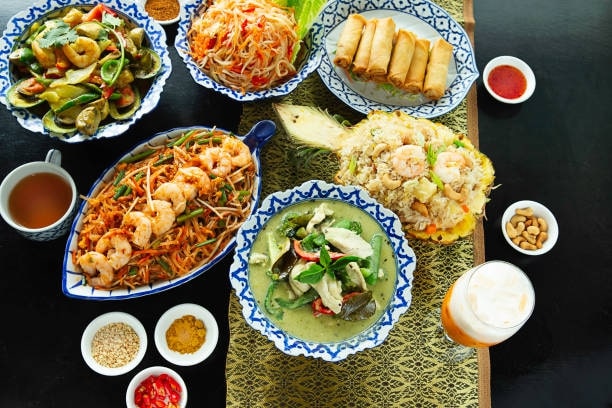
Thai cuisine is renowned worldwide for its vibrant flavours and aromatic dishes. From the tantalising blend of sweet, sour, spicy, and salty tastes to the use of fresh herbs and spices, every meal is an explosion of flavours.
Moreover, Thai staples like pad thai, tom yum goong (spicy shrimp soup), and green curry have become global favourites.
Street food culture is a significant part of Thai culinary experience, offering an array of delectable dishes like som tum (green papaya salad), satay skewers, and mango sticky rice.
The abundance of tropical fruits and seafood adds to the gastronomic delight that Thailand offers, making it a food lover’s paradise.
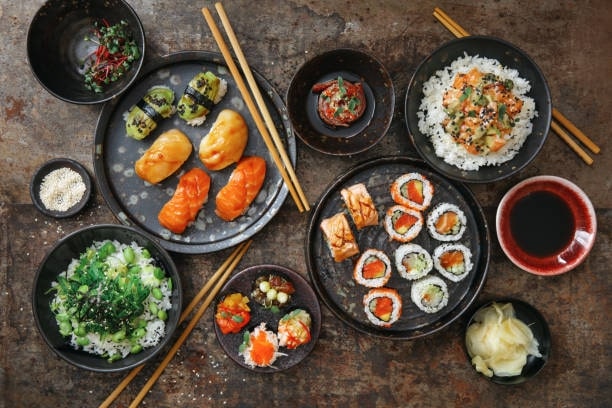
On the other hand, Japanese cuisine is celebrated for its emphasis on fresh, seasonal ingredients and elegant presentation. Sushi, sashimi, and tempura are internationally recognized staples that exemplify the country’s culinary finesse.
Ramen, a beloved noodle dish, varies in regional flavours and styles. Washoku, traditional Japanese cuisine, has been designated as a UNESCO Intangible Cultural Heritage, highlighting its cultural significance.
The country’s attention to culinary detail and appreciation for simplicity make dining in Japan an unforgettable experience for food enthusiasts.
Thailand vs. Japan for Tourists: How They Stack Up
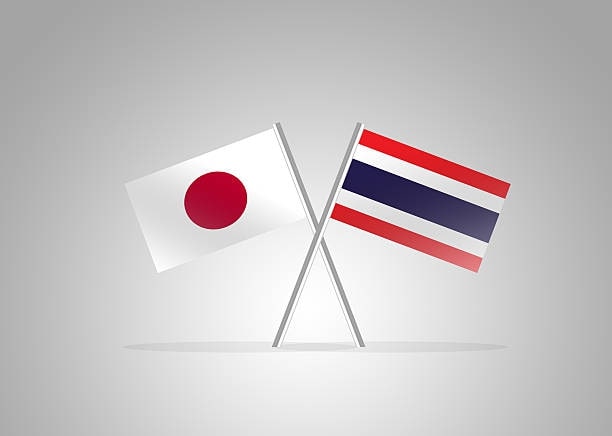
Both countries promise an enriching journey and an unforgettable experience for all who venture there.
Thailand offers historical temples and the chance to experience cultural festivals, whereas Japan boasts modern innovations with a blend of tradition.
When considering a travel destination, both Thailand and Japan offer unique and captivating experiences for tourists.
The choice between Thailand and Japan comes down to the preferences and interests of the individual traveller.
Thailand stands out with its affordability, stunning beaches, and rich cultural heritage, making it a top choice for budget travellers and those seeking a tropical paradise.
On the other hand, Japan captivates with its blend of tradition and modernity.
Plus, its seasonal beauty, efficient infrastructure, and exceptional culinary experiences, make it more appealing to culture enthusiasts and those seeking a more diverse and immersive journey.
To help you decide between Thailand and Japan as your next travel destination, here’s a recap of their distinctive highlights.
No matter which destination you choose, a delightful and enriching journey awaits you in either Thailand or Japan!
| Factor | The Better Destination | Notes |
| Travel Costs | Thailand | Thailand is generally more budget-friendly, offering affordable accommodations, food, and transportation options. |
| Currency | Thailand | Thailand’s currency (Thai Baht) is more favourable for budget-conscious travellers, with relatively lower costs compared to the Japanese Yen. |
| Tourist Attractions | Japan | Japan’s unique blend of tradition and modernity, seasonal beauty, and efficient infrastructure make it stand out as a captivating destination. |
| Cuisine | Tie | Both Thailand and Japan offer exceptional and diverse culinary experiences, catering to different tastes and preferences. |
| Weather | Tie | Both countries have great climates and the choice depends on personal preferences. Thailand has a tropical climate while Japan has four distinct seasons (summer, winter, spring, autumn). |
| Tourist-Friendliness | Tie | Both countries are known for their warm hospitality, friendliness, and efforts to accommodate tourists, ensuring a comfortable and enjoyable stay. |





